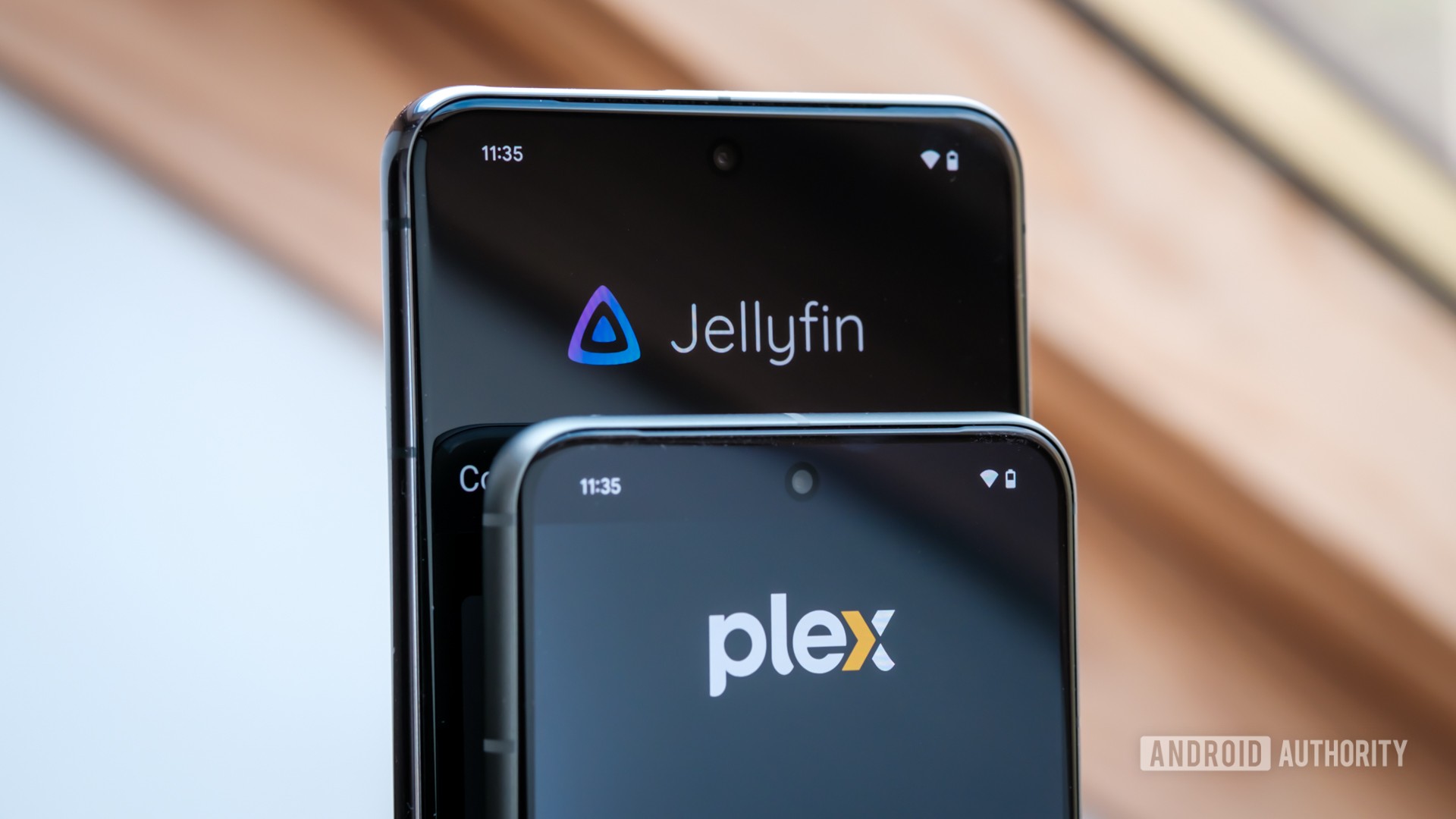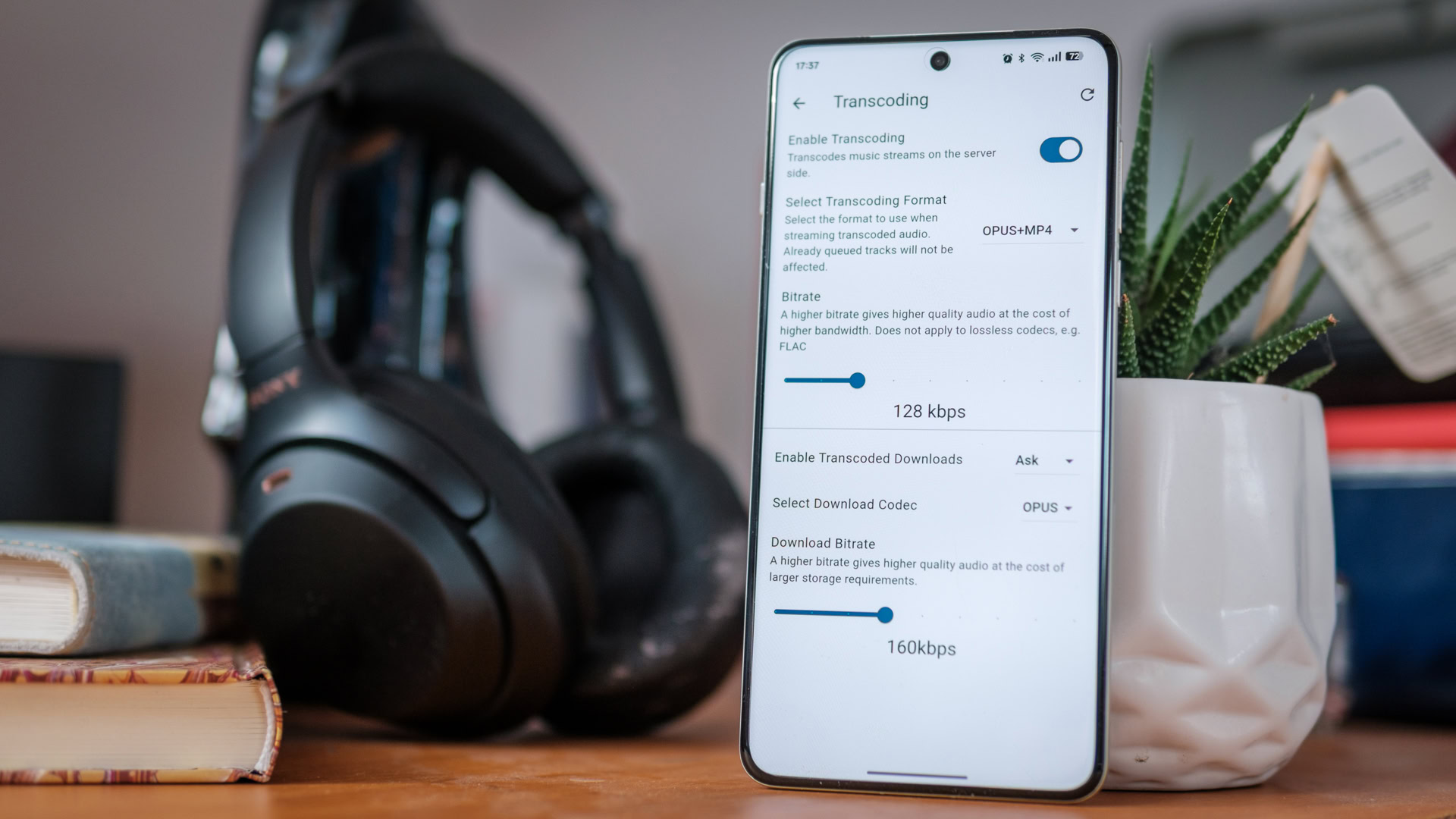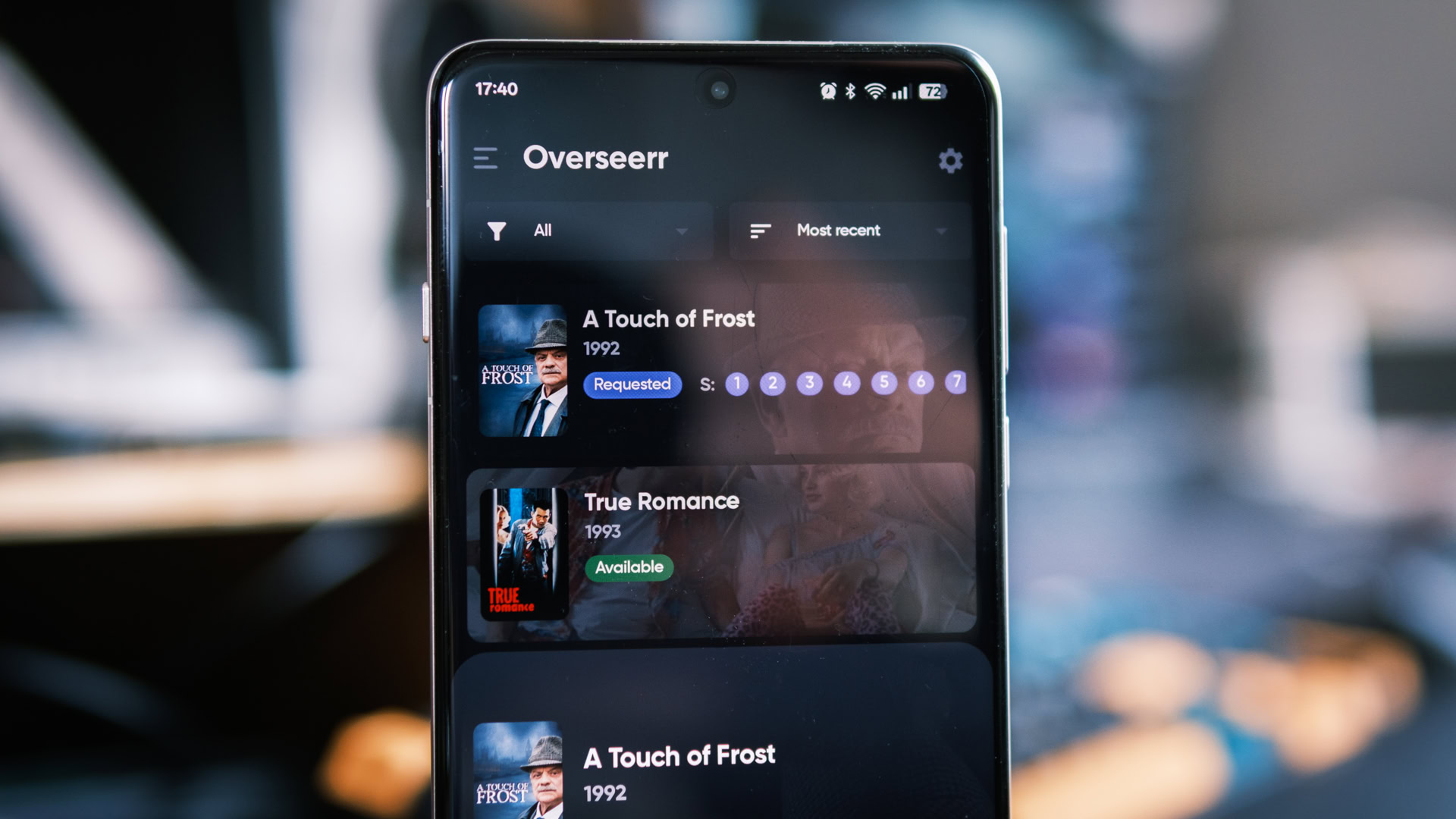
Robert Triggs / Android Authority
As of April 29th, Plex’s new pricing scheme is live — lifetime memberships have now doubled to $250, and monthly fees are creeping into streaming service territory. Ouch.
While the Plex faithful likely already bagged themselves a membership while it was “cheap,” those lumped with the new higher recurring cost or setting up a home media server for the first time might, quite reasonably, be wondering if there’s a more affordable option. Thankfully, there is — Jellyfin.
If you’re unaware, Jellyfin is a full-fledged, open-source, community-built home media platform. There’s no internet connection required, no data harvesting, paywalled features, or risk of sudden subscription charges. If you’re looking for a simple way to playback your media collection across your home, Jellyfin is built to deliver precisely what you want — your media, your way.
That said, I’m not here to talk you into ditching Plex. The platform still has plenty going for it, along with that extra lick of polish that its price tag certainly helps with. If you’re paid up, Jellyfin won’t do enough differently to tempt many to switch and it won’t be worth rescanning a comprehensive library for. Still, Jellyfin remains far too often overlooked because, well, Plex is the name everyone knows for a start, but also because open-source is often unfairly characterised as unpolished or underbaked. That’s a perception I want to change. Don’t knock it until you’ve tried it, as they say.
Jellyfin has been my primary media server for several years, hosting a collection of beloved DVDs, suitable programming for the kiddos, and an ever-expanding digital music collection. In that time, I’ve had zero issues. It flawlessly serves content to my Android TV, iOS and Android smartphones, laptops, and tablets, and you can access it from basically anything with a web browser. Having opened up access to a few curious friends and colleagues recently, they’ve been surprised by how focused the UI is about getting you right into your content, but it’s not short on capabilities to control transcoding, user library access, manage metadata, and all those behind-the-scenes essentials.

Robert Triggs / Android Authority
In fact, you aren’t limited to the bountiful official apps; a growing number of high-quality third-party clients tap into Jellyfin’s content API and layer their features on top. I’ve enjoyed Feishin and Supersonic to stream music to my PC for a more Spotify-like UI, while Finamp packs in handy transcoding tools to compress my FLAC library dynamically on the go. There are video alternatives to the already feature-rich stock app too, whether you prefer a familiar Netflix-like UI or a mobile app with built-in media-request support.
Want a Spotify-style music player or Netflix-UI for movies, Jellyfin and it’s third-party clients can deliver.
Speaking of, server management types can use Jellyseer for content requests and plug-ins like Jfa-go for hands-off user management. There’s also a huge range of plugins catering to metadata and themes, as well as YouTube and Twitch integration. If you want it, someone has probably already built it. If not, well, it’s open-source, you can build it yourself.
Hopefully, that helps reframe Jellyfin not as a compromise but as a serious contender — and for many, as a clear favorite. And that’s before we get into the fact that Jellyfin has many of the same features that require that expensive Plex Pass subscription: hardware transcoding, intro skipping, Watch Together, the list goes on.

Robert Triggs / Android Authority
Now, I often hear that Plex is more user-friendly. That might be true in some cases, but certainly not all. As far as the UI, client/server setup, and maintenance go, they’re pretty closely matched. What Jellyfin certainly lacks compared to Plex, however, is a virtually one-click solution for sharing your server with others. As there’s no central service (which is good for privacy), you’ll have to manually configure a reverse proxy or web tunnel to expose your server to the internet, which definitely is not for everyone.
If you’re starting fresh, Jellyfin has plenty to offer without Plex’s high price tag.
Likewise, while Plex is busy raising revenue, Jellyfin relies on the free time of its countless contributors to keep development ticking. As such, some platforms see more support than others, features and upgrades can take time to appear, and there’s always the risk of a part of the project going dark for a while. That’s just the nature of any project that relies on volunteer time and donations. If you want official customer support, stump up for Plex. The good news is, if you’re a dab hand with a bit of code, you can always build that feature you’ve always wanted into Jellyfin.
Even so, the best way to look at Jellyfin is that it does a brilliant job of focusing exclusively on your content. There’s none of that additional programming guff that’s elbowed its way into Plex’s UI; pick what you want and play. Yes, it misses some minor creature comforts like Plexamp’s automotive integration and account invitations. If you need those, Plex will still be worth the more expensive price tag.
If not, Jellyfin might be free, but it’s far from a barebones home media server. If you’re about to embark on a new home setup, I’d make Jellyfin your first port of call.










